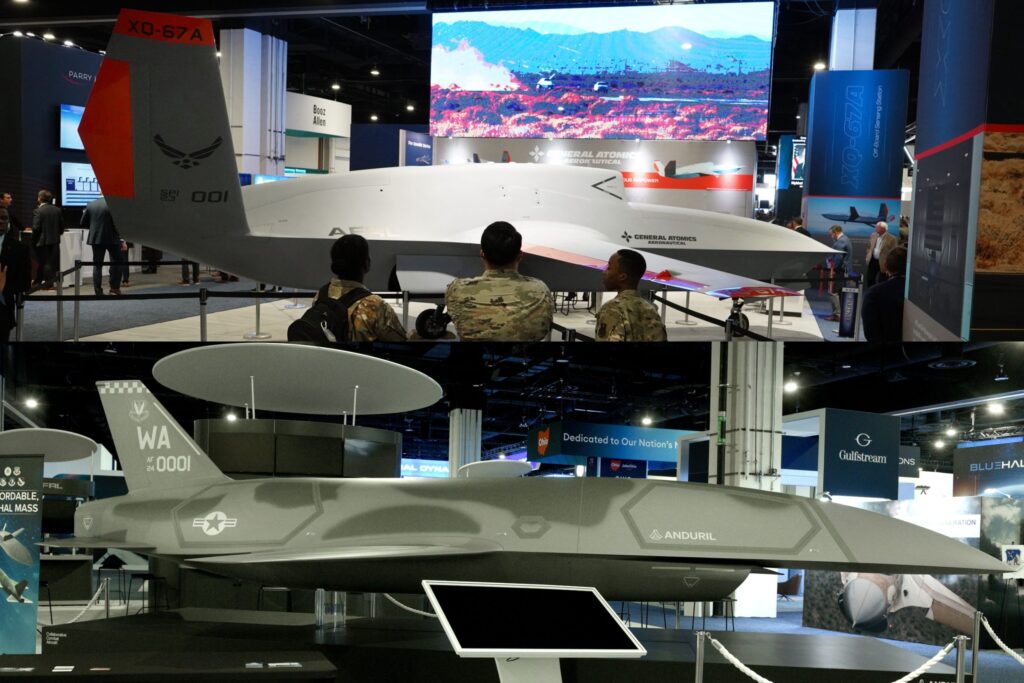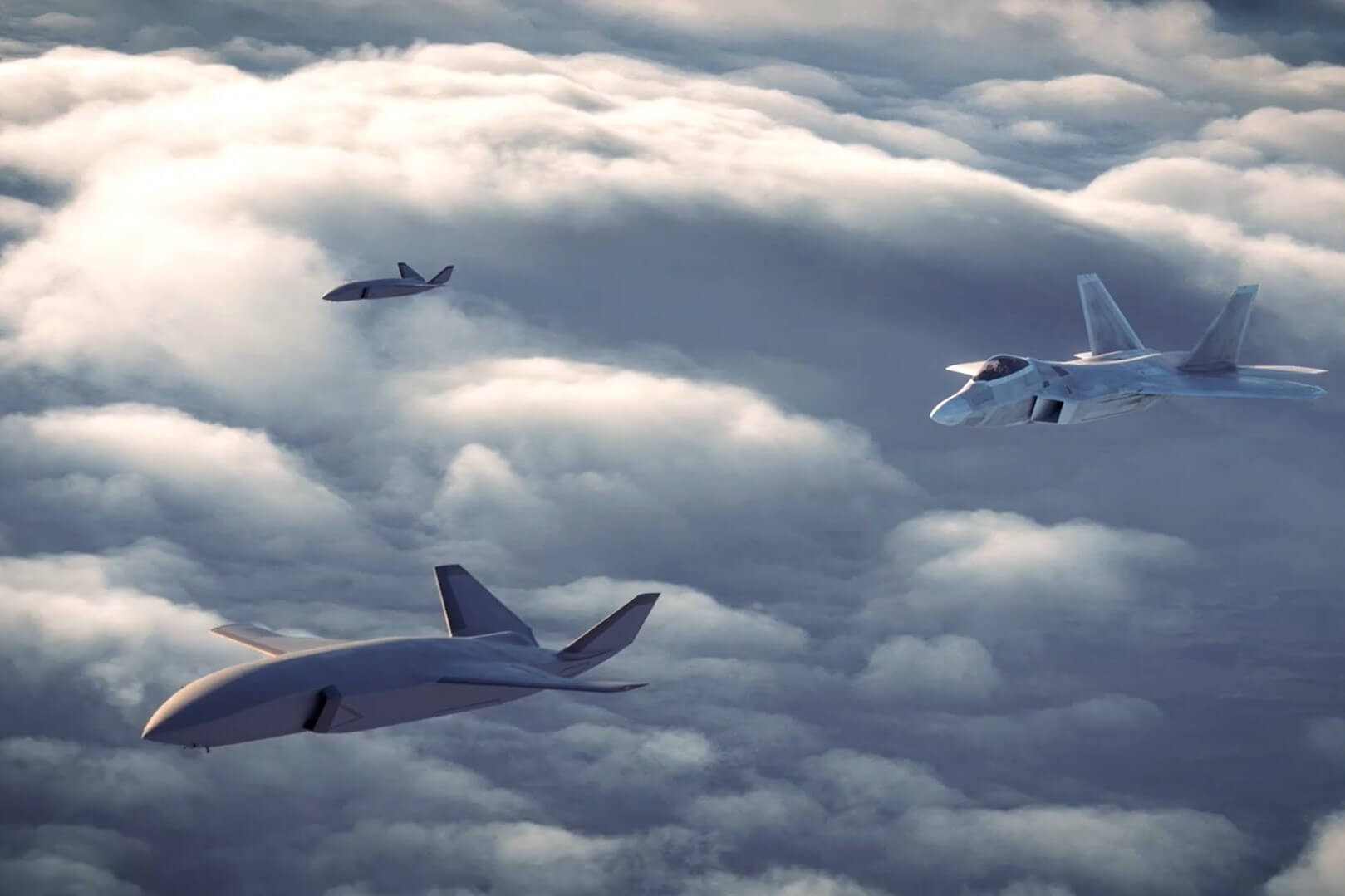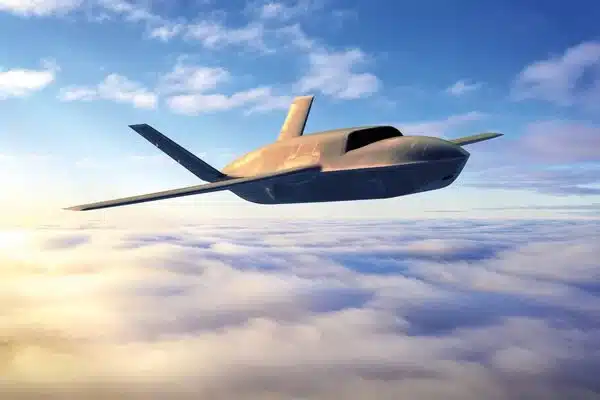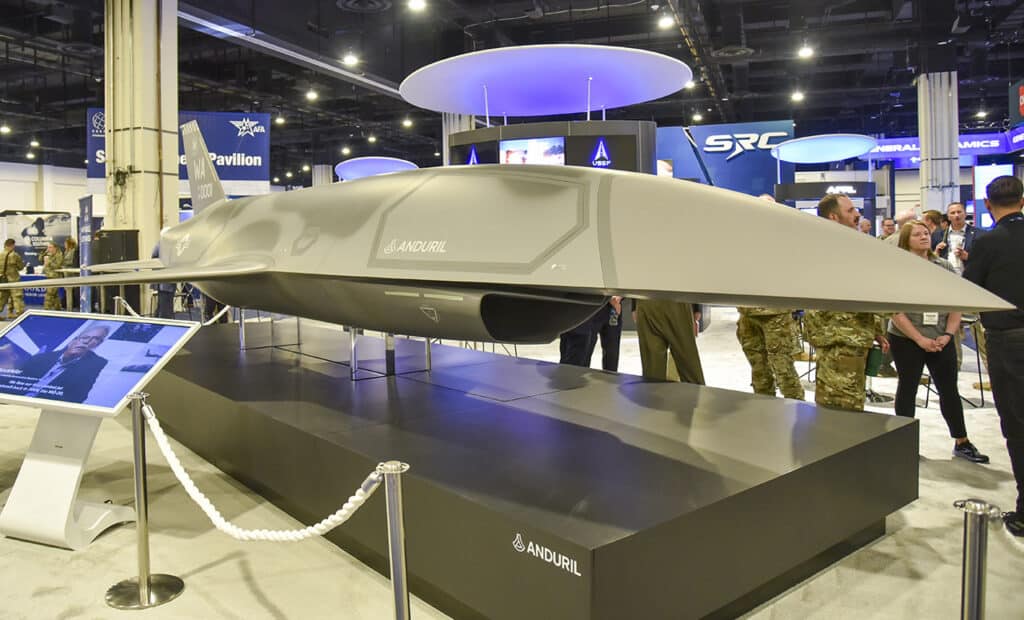Unmanned combat aircraft have rapidly evolved from simple reconnaissance tools into key players in modern defense. These aircraft, often referred to as unmanned combat aerial vehicles (UCAVs), now carry advanced systems capable of electronic warfare, surveillance, and even aerial combat. As technology advances, many nations are prioritising these drones as central to future air power.

The Emergence of Fighter-Designated Drones
Recent developments highlight a significant shift: the United States Air Force has formally designated certain unmanned prototypes with “FQ” in their official naming, a first for the service. This milestone occurred during the 2025 Air & Space Forces Association symposium, underscoring the growing importance of UCAVs in roles traditionally filled by piloted fighters. The YFQ-42 from General Atomics and YFQ-44 “Fury” from Anduril Industries represent the cutting edge of this technology, both selected as winners for Increment I of the USAF’s Collaborative Combat Aircraft (CCA) program.
Key Players in Development
Several established and emerging companies are leading the charge:
- General Atomics Aeronautical Systems: Long known for designing the MQ-9 series, they’re now advancing into fighter-grade UCAVs with their “Gambit” family. The YFQ-42 is derived from their XQ-67A Off-Board Sensing Station demonstrator built for the Air Force Research Laboratory, featuring an elongated fuselage with slender wings, dorsal-mounted inlet, single engine, V-tails, and internal weapons bay designed for greater speeds and fighter-like manoeuvrability.
- Anduril Industries: This newer but fast-growing defense contractor acquired Blue Force Technologies in 2023, adapting the “Fury” design (formerly known as “Grackle” and “REDmedium”) for the CCA program. The YFQ-44 is approximately half the size of an F-16 Fighting Falcon, featuring swept trapezoidal wings, chin-mounted inlet, and cruciform tail arrangement, capable of flying at up to 50,000 feet and pulling 9g manoeuvres.
The “Loyal Wingman” Concept

A pivotal idea driving UCAV development is the concept of “manned-unmanned teaming” (MUM-T), where these drones operate alongside piloted jets like the F-22 Raptor, F-35 Lightning, and future Next Generation Air Dominance fighters. These unmanned aircraft perform coordinated tasks such as electronic warfare, surveillance, or direct engagement. Both the YFQ-42 and YFQ-44 are designed to provide “affordable mass” to augment crewed fighters specifically in air-to-air missions.
Capabilities and Specifications
Both aircraft are designed for significant combat potential:
- YFQ-42: Features an internal weapons bay planned to carry two AIM-120 AMRAAM missiles.

- YFQ-44: Powered by a Williams FJ44-4M turbofan engine producing 4,000 pounds-force of thrust, with a maximum takeoff weight of 5,000 pounds. The design can reach Mach 0.95 and fly at altitudes up to 50,000 feet, sustaining 4.5g at 20,000 feet with maximum capability of 9g. It features external hardpoints for weapons including AIM-120 AMRAAM missiles.

Potential Benefits and Challenges
- Reduced Risk to Pilots: These platforms can carry out high-risk missions without endangering human crews.
- Cost Efficiency: While not considered “attritable” (disposable), both designs enable commanders to take greater risks compared to crewed aircraft, providing a more affordable way to increase combat mass.
- Autonomous Decision-Making: While autonomy allows faster responses in battle, concerns remain over software reliability and the risk of cyber interference.
- Integration with Existing Fleets: Incorporating UCAVs into current air forces requires new training, support infrastructure, and legal frameworks.
Future Outlook
Flight testing for both aircraft is expected to begin in 2025, with the YFQ-44 specifically slated for summer. As more nations explore advanced drone technology, UCAVs are set to become integral to modern air strategy. The push for “sixth-generation” fighter capabilities often involves pairing high-performance jets with these advanced drones, aiming to create a seamless, networked combat environment. Despite potential cost overruns and technological hurdles, unmanned combat aircraft will likely continue reshaping air warfare strategies worldwide.
